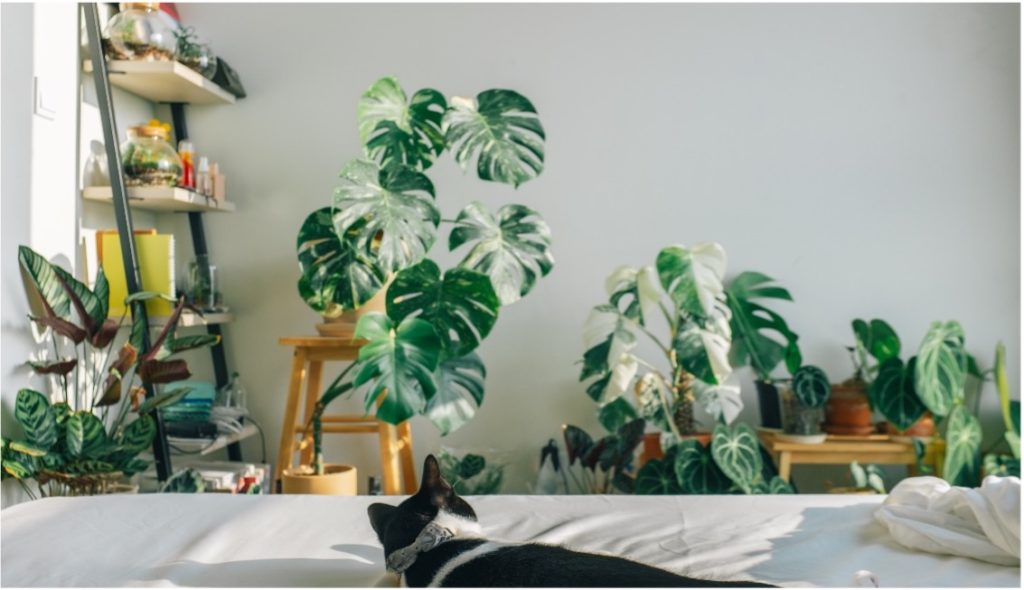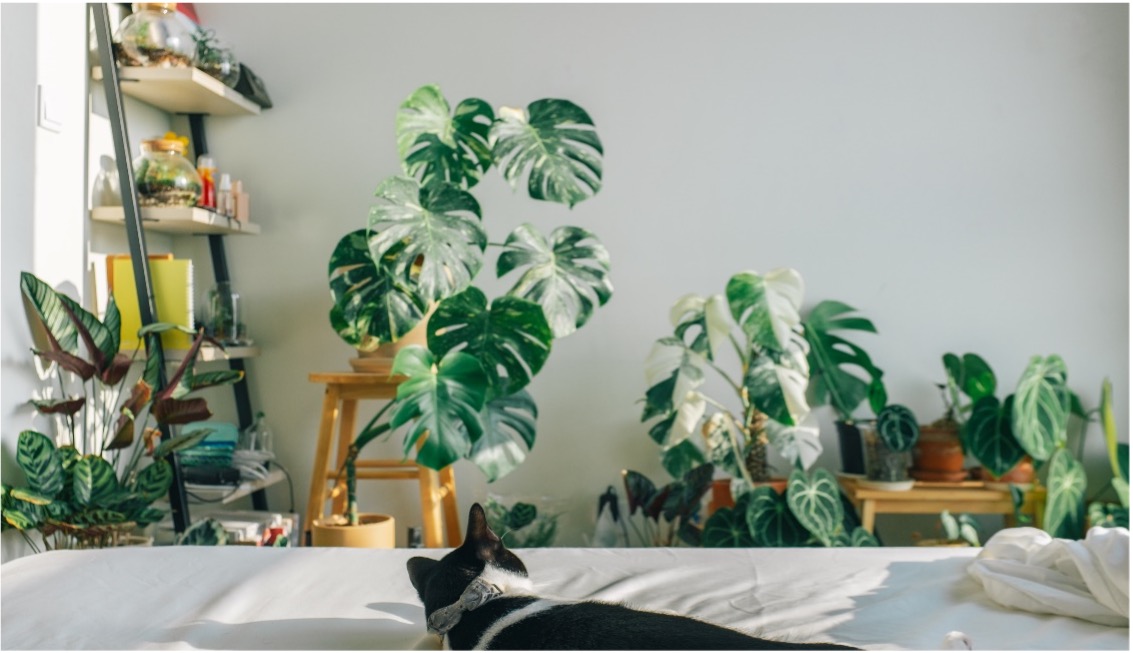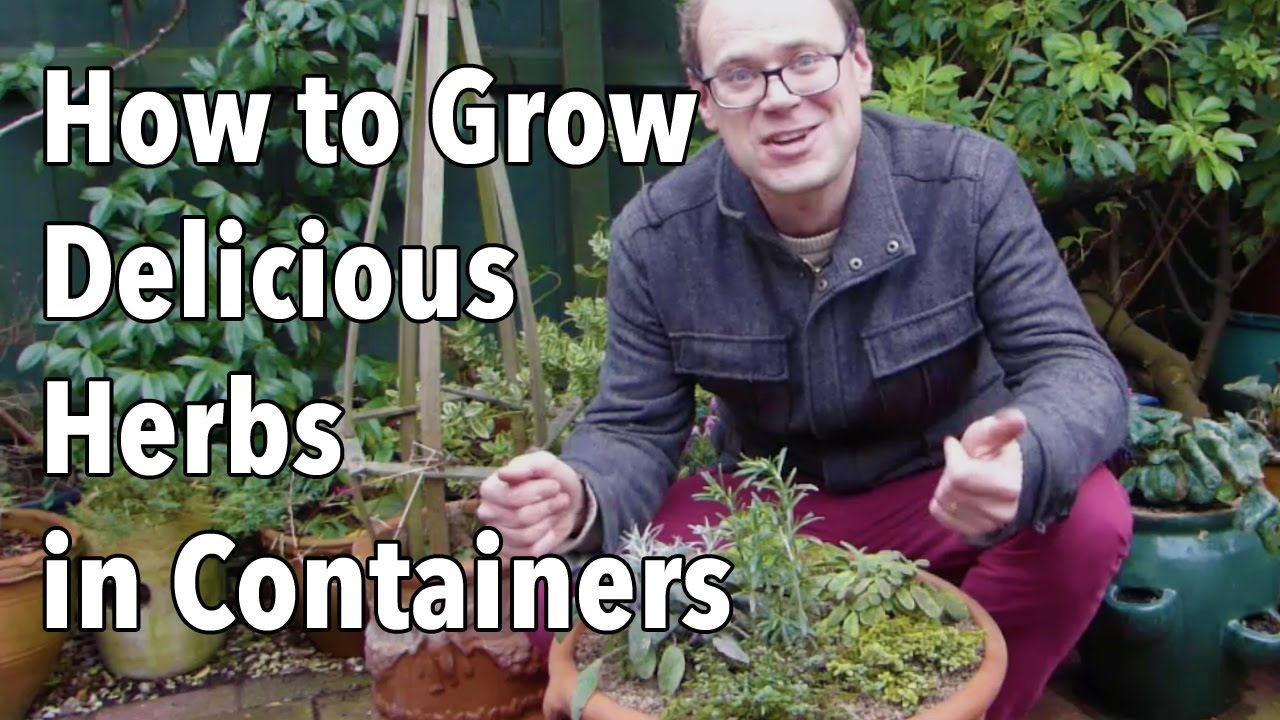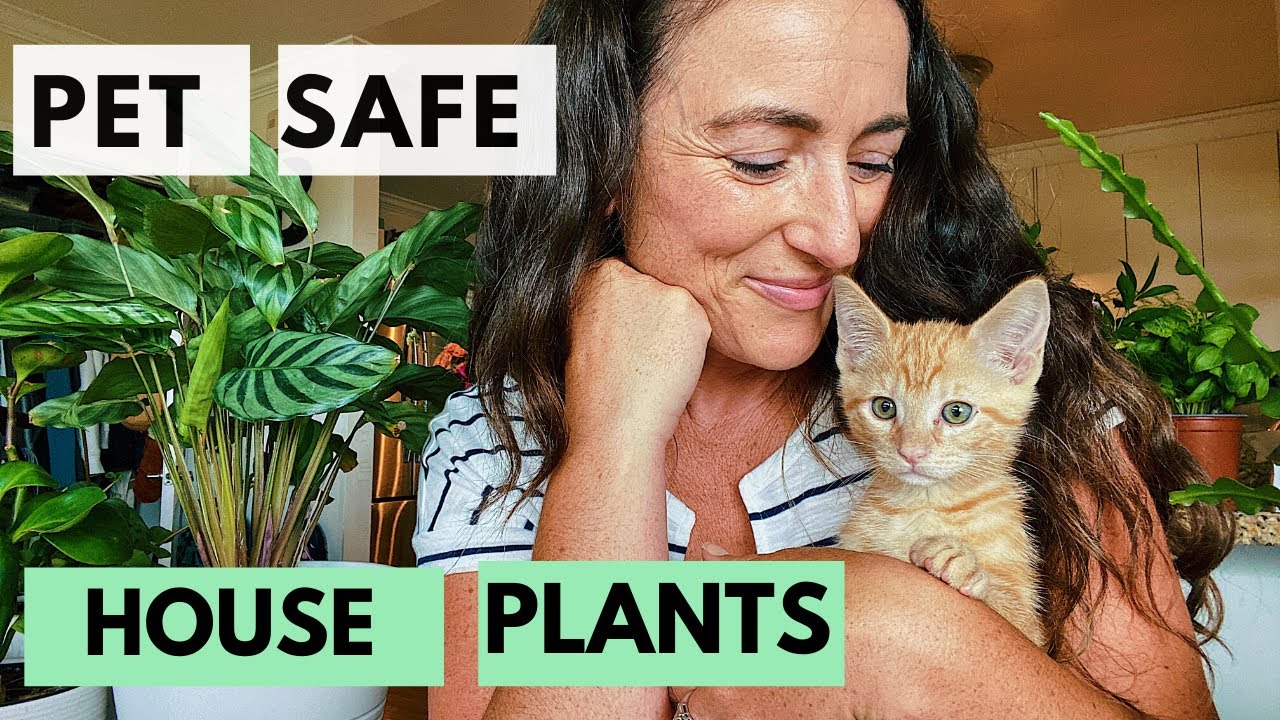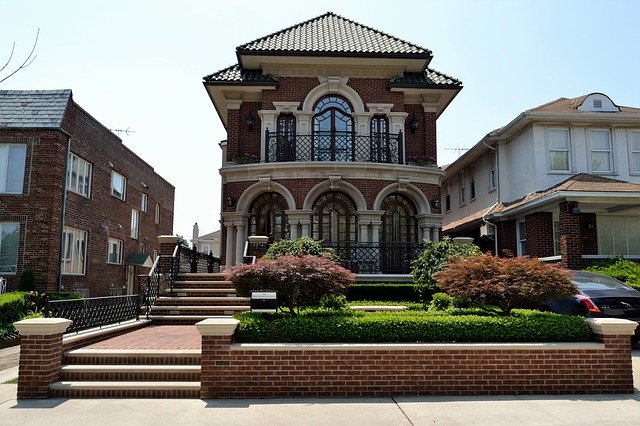Indoor plants are an essential component of every homey and welcoming interior design. Indoor plants have retained their status in our homes because they are relatively easy to take care of, they brighten up the space and mood, and can be used in a variety of indoor décor themes. House plants are a great option for those who have little yard space or too little time to take care of a garden. So, if you’re a newbie to growing plants or just someone looking to step up their gardening game, you’ve come to the right place!
What to look for when selecting indoor plants to grow in your home
There are several qualities you need to consider before selecting an indoor plant.
- A good root system is a crucial when it comes to indoor plants. I would encourage you to pick the plant out of its pot and get a glance at its roots. Healthy roots will be thick and light in color, which is exactly what you’re going for!
- Foliage – You should look for plants where you can’t see through their foliage. This means that it is thick enough and that the plant is healthy. Be especially careful with this one when buying plants from supermarkets.
- Check for diseases – You really want to avoid plants that have white dots, sticky residue on the leaves, yellowish coloring, or a bad odor. I always get the urge to save these poor buddies, however I’m not always successful and then I feel even worse when they start decaying soon after I’ve brought them home…
Tips and tricks on growing plants
I’ve been surrounded with plants ever since I was a small child. I learned about responsibility through taking care of them and soon enough I had my own to look after. Over the years I’ve tested various products, DIY solutions and just played around with position and light, so I’ve acquired a bit of know-how on growing plants that I would love to share with you.
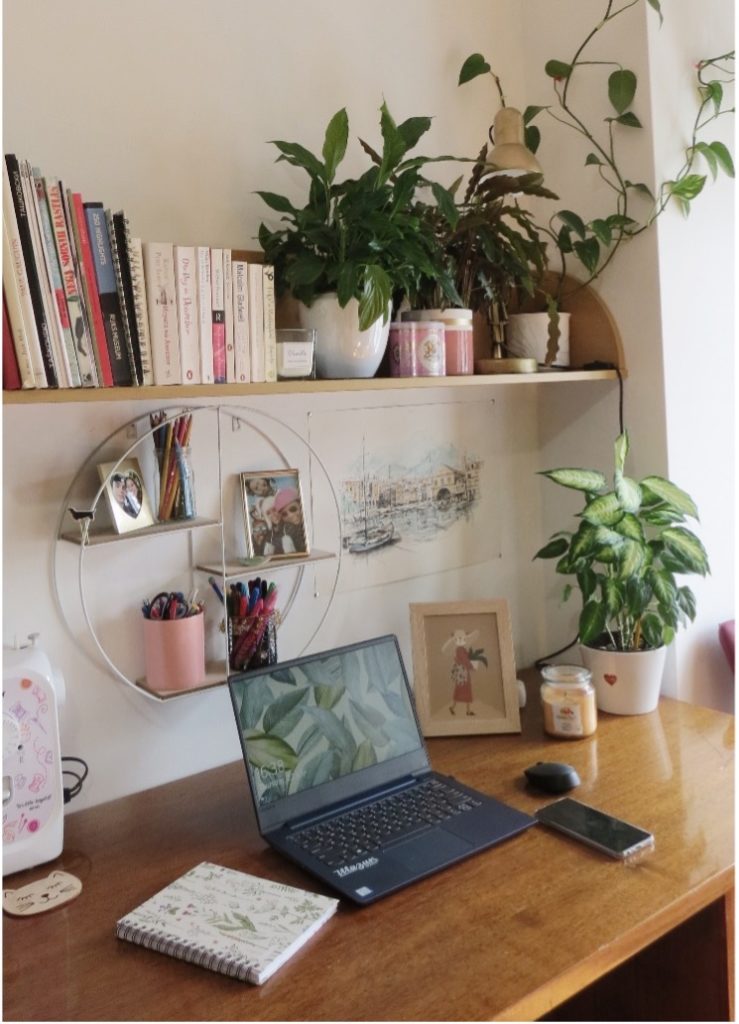
- Keep the potting soil moist. Most plants will thrive in soil that is neither to dry nor too wet. House plants usually don’t have very demanding watering needs however, make sure to check how many times per week is optimal.
- Make sure the grow pot has drainage holes. Now this is a definite must. Usually, you will have your plant in two pots – a decorative pot and a grow pot. Most designer pots were created to look good, not really to grow plants in. This is why I recommend using a grow pot with drainage holes, which does not hold up excess water.
- Place your plant near a light source. Since sunlight is a plants best friend, I have all my plant close to the windows. Even if it’s a plant with lower light needs, make sure that it isn’t in a completely dark corner.
- Accurately determine the species. Before selecting a house plant, make sure that you know the species. If you’re buying a plant from a garden center, there will probably be a card identifying what type of plant it is. When I get a plant as a gift or if I’m just not sure I use Google Lens to determine it. It’s a great tool to have handy, it will give you the name of the species and it will suggest articles about how to care for it.
The best plants for growing indoors
You should always choose your plants depending on the living conditions you have at your disposal. For office spaces you would need to go for growing plants that tolerate lower light and humidity. When decorating your apartment, the greenery should be adjusted to the light in the room. A great choice for window decoration are plants that derive from the jungle regions, where the tree canopy constantly filters sunlight. So, without further ado, here are some examples of houseplants for the beginner level gardener.
Aglaonema is an attractive plant that likes lower light surfaces and doesn’t grow too quickly.
Aspidistra – the perfect plant for those of you who like to travel. It doesn’t need much water and it can survive with lower light.
Succulents are the plants with the jungle predecessors I mentioned earlier. Make sure to give them a lot of light and love and they will bloom your interior into an oasis.
Dracaenas – you might see this plant at the dental clinic waiting room or on your accountant’s desk. The dracaena is forgiving of temperatures, as long as they are not too cold, and its only requirement is a moisty soil.
Monstera made an incredible comeback in the world of interior design in recent years. This beauty is very easy to care of and its carved leaves fit perfectly into any interior. It needs watering every 1-2 weeks and thrives in bright to medium indirect light.
The easiest indoor plants to take care of
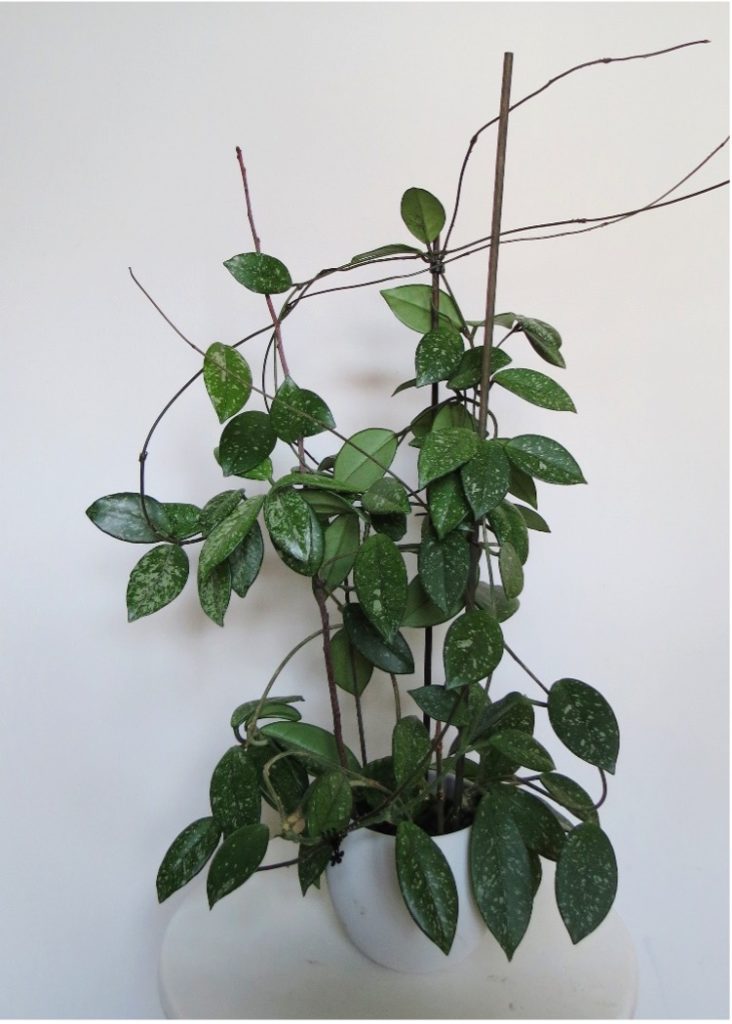
Sansevieria also known as the snake plant is very adaptable. It prefers medium to bright indirect light; however, it also tolerates direct or low light conditions. Watering is needed only when the soil is completely dry.
Philodendron – these likes bright, indirect sunlight, possibly near a window where the sun’s rays never actually touch the foliage. The philodendron only needs water when its leaves appear wilted and when it’s soil is dry. I really love philodendrons because they always perk up when you water them correctly!
Most succulents – the main reason these guys die is because of too much water, so the only thing you really need to be careful about here is not to overwater them.
Pothos – got its nickname, Devil’s Ivy because it is almost impossible to kill this plant. It has adapted itself in such a way that, it can literally grow at every place, where humans can live.
Zanzibar Gem is the must-have indoor plant these days. The stunning appearance and the fact that it’s so easy to take care of, make it a favorite among plant lovers and interior designers as well.
Indoor plants that thrive in small spaces
This one is for those of you looking to perk up your apartments, student dorms or office spaces.
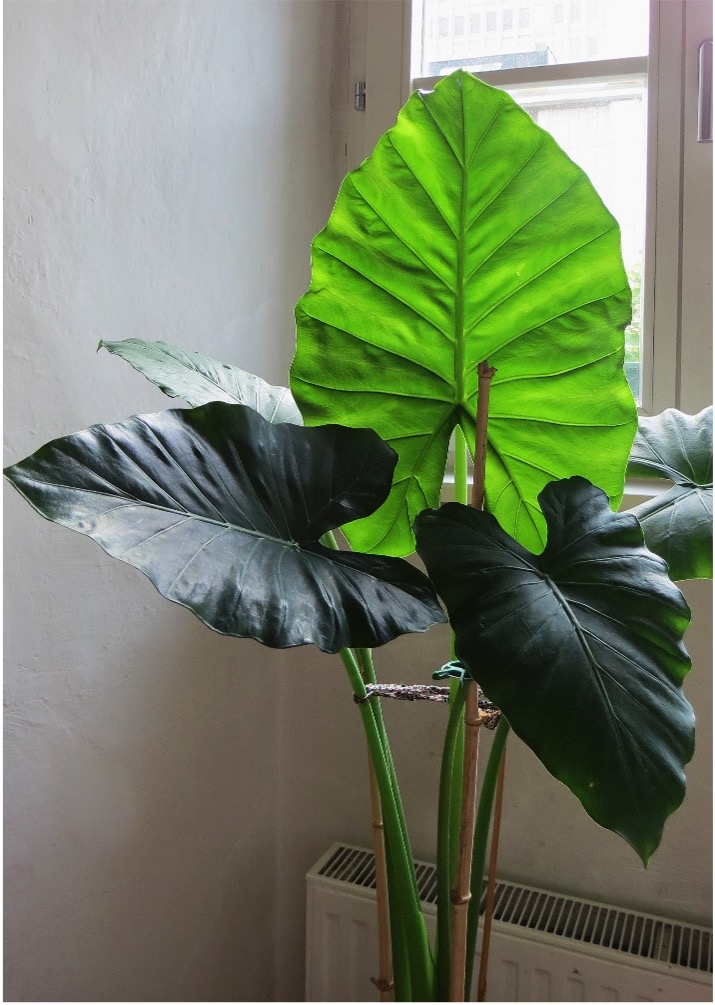
Peace Lily – one of my personal favorites! With its perky leaves and bright white blossoms, it will brighten up your desk better than any other decoration.
Aloe Vera is extremely popular for its skin, medicinal and hair benefits, this wonderful plant never fails to impress me with its endless qualities. The Aloe Vera is also capable of absorbing high levels of radiation and converting it into breathable oxygen.
Pilea – you really want to be careful when watering the Pilea plant. It requires a “drench-and-dry” approach (water thoroughly, then let the soil dry out).
Also, I would recommend a decorative pot with minimal design as the unusual round leaves already make a fairly dramatic impression.
Devil’s Ivy – this one is really a statement plant! If you want your space livelier and greener in general, the Devil’s Ivy is the way to go. Once you’ve planted it you can sit back and enjoy the way it takes over the space.
Re-potting plants
The only reason for re-potting an indoor plant is if it has become too big for the pot its pot. If you embark on this endeavor, make sure familiarize yourself with the procedure completely, as re-potting may damage your plant.
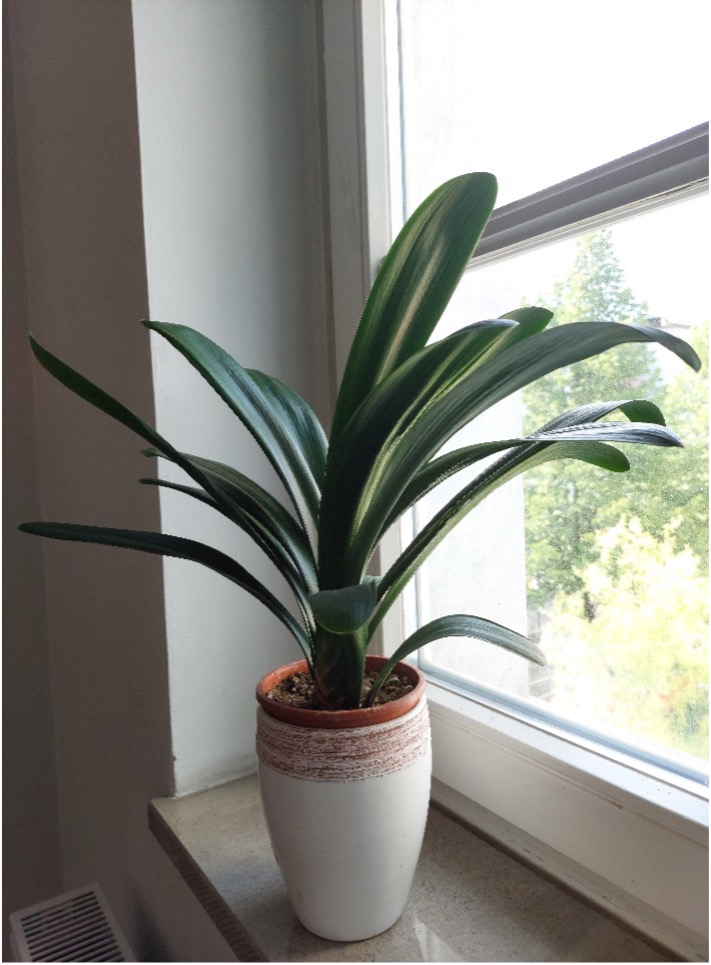
Fertilizer for indoor plants
Unlike plants that you grow in your outside garden, pot grown plants don’t have a regular source of nutrient replenishment. This is where fertilizers come in. I fertilize my indoor plants about once a month when they are flowering or growing. During the winter, when they’re dormant or just not growing as much, you can go without fertilizing them. When choosing a fertilizer, be careful to choose the one that has an “indoor plants” label. You need to ensure to use the rate specified for indoor plants, otherwise it might be too harsh for them. Blooming plants need a specific type of fertilizer depending on their species.
Most common reasons that indoor plants die
I believe every plant enthusiast has had at least one plant that didn’t make it. Sometimes it’s not even your fault, the plant might be sickly to begin with. However, most of the time it’s things we can control. For example, the main reason succulents die is overwatering. On the other hand, you mustn’t leave your plant underwatered as well. Another reason indoor plant decay is not having enough light or having too much light. Summer heat can be very devastating for house plants, so make sure not to leave them on your windows when the Sun is high. Neglecting (or simply forgetting) about your plants can also be a cause for them to bite the big one.
How do indoor plants affect people’s mood?
Plants and greenery have the unique ability to enliven the dullest of places. When looking to beautify an indoor space nothing does it as well as lush flowers and the green foliage of indoor plants. From bedrooms to bathrooms, to living rooms and kitchens and even the dullest of them all, office cubicles! All you need is a bit of light and some water, and you’ve got a growing indoor oasis. Aside from the aesthetics benefits an indoor plant will bring to the space, there are considerable health benefits as well!
Multiple studies have proven that indoor plants keep you healthier and happier, offering both psychological and physical health benefits:
- Putting you in a better mood
- Help with reducing fatigue
- Controlling the levels of stress and anxiety in the space
- Help with overall improvement of office performance and employee focus
- Minimizing the occurrence of headaches by improving air quality
- Easing dry skin and respiratory ailments due to dry air
